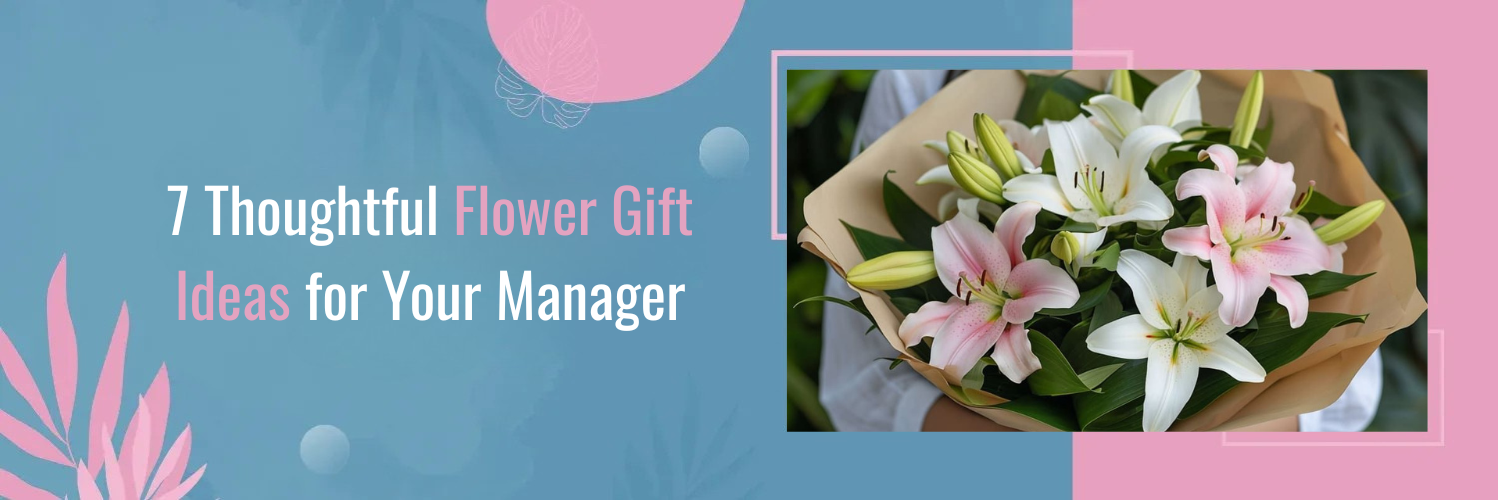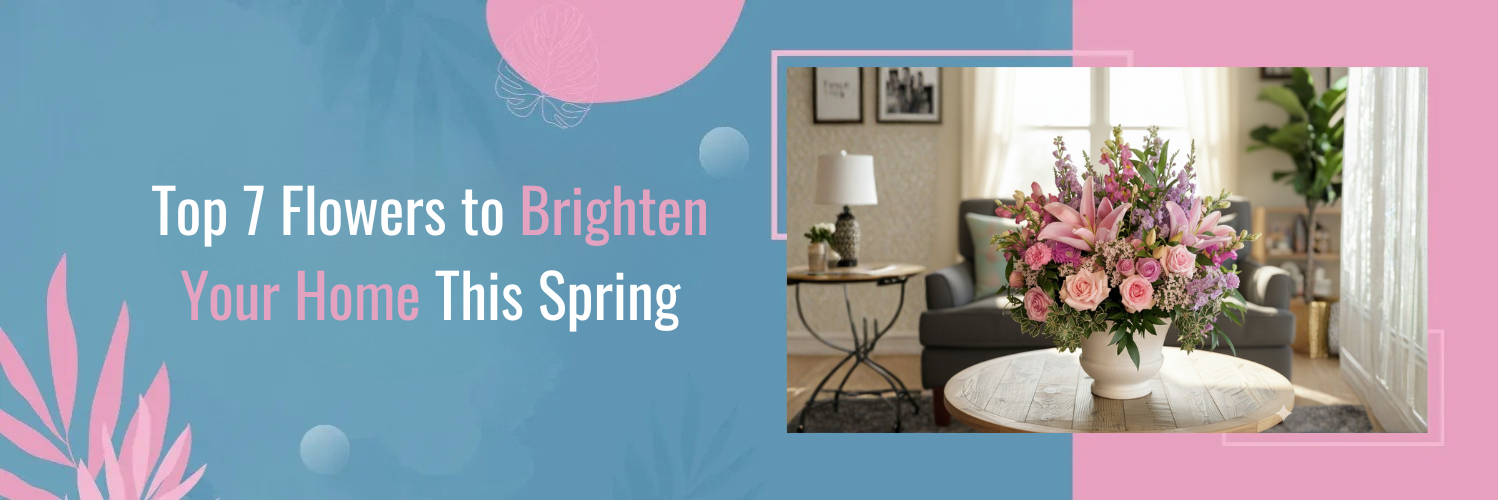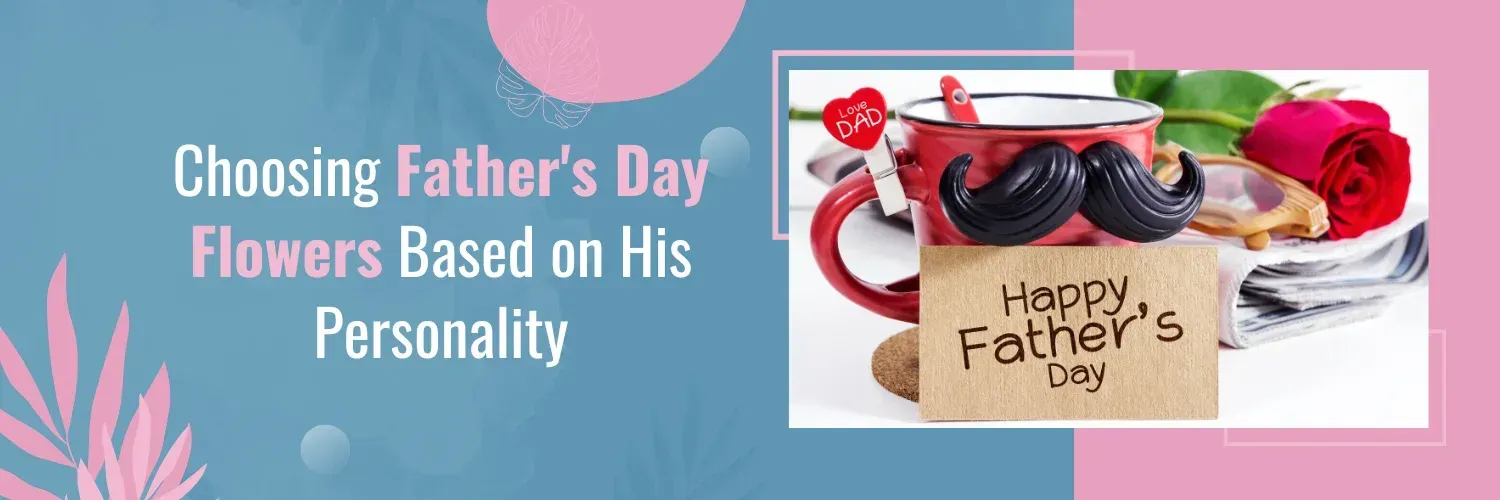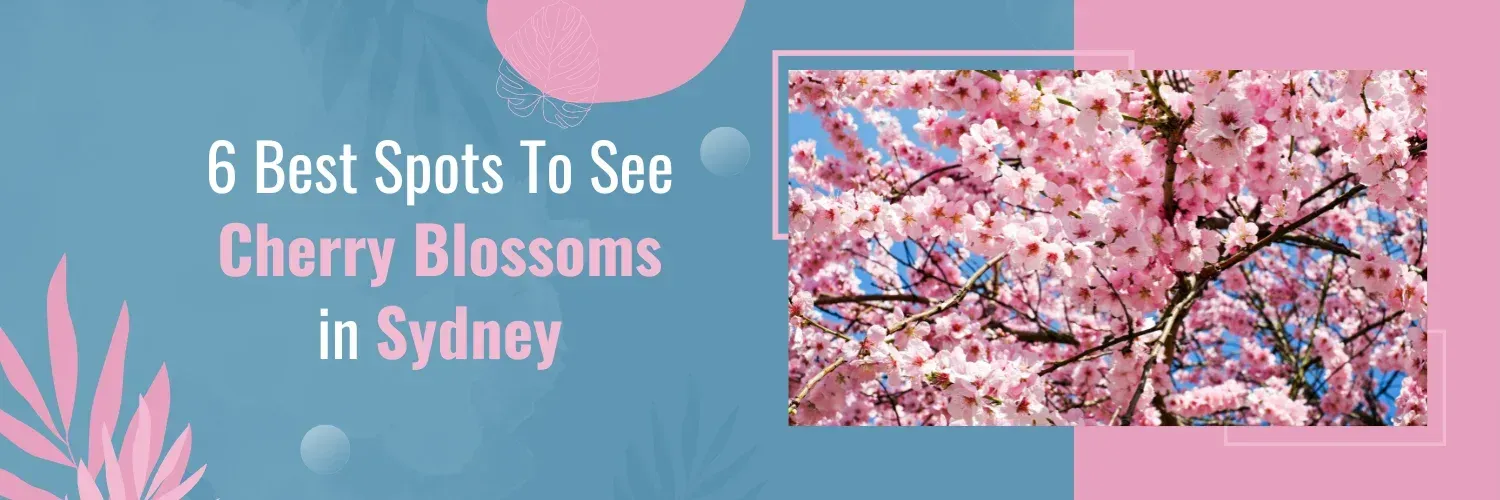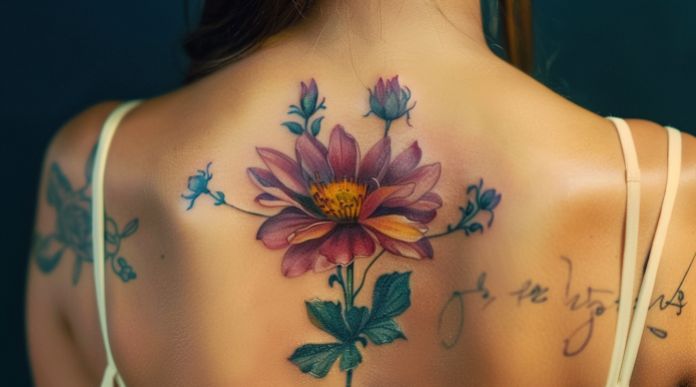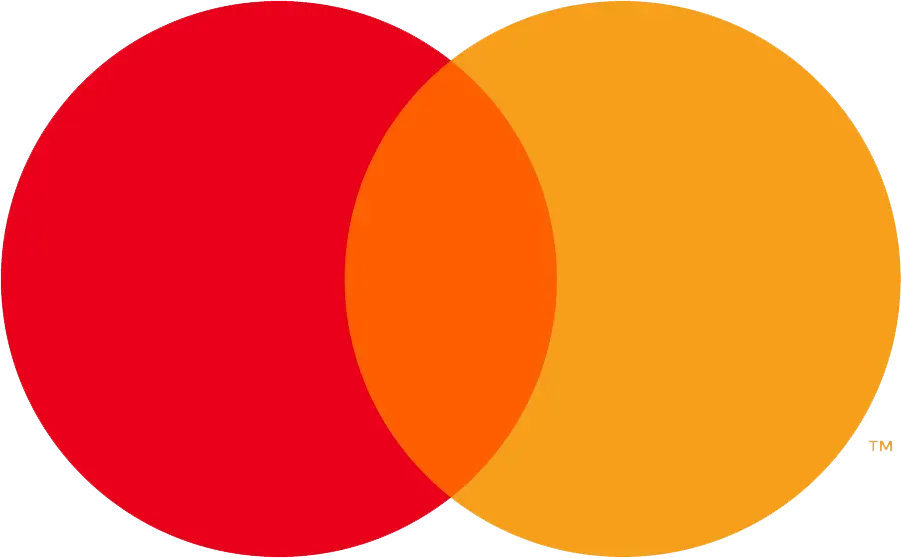The Basics of Flower Arranging
Flower arranging, or floral design, is a timeless art form that combines the natural beauty of plants with a creative vision to produce arrangements that can adorn homes, events, and celebrations. Whether you’re hoping to craft a simple bouquet or create an elaborate centerpiece, understanding the basics can make the process enjoyable and the results breathtaking.

Here’s a primer to get you started:
Selecting the Right Flowers
- Seasonality: Just as fruits and veggies have their seasons, so do flowers. Arrangements made with in-season flowers not only look fresher but are also more cost-effective. For instance, tulips are best in the spring, while chrysanthemums shine in the fall.
- Purpose of the Arrangement: The event or setting can guide your choice. A romantic dinner might call for roses, while a festive party might benefit from bright sunflowers or daisies.
- Longevity: Some flowers, like orchids, last longer than others, such as poppies. Consider how long you’d like the arrangement to last before choosing your blooms.
Tools Needed
- Floral Shears: A good pair of shears can cleanly cut stems without causing damage.
- Floral Foam: This is used to keep flowers in place, especially in larger arrangements. It’s absorbent and provides water to the stems when soaked.
- Vases and Containers: Having a variety in size, shape, and color gives flexibility in design.
- Floral Tape and Wire: Useful for binding flowers together or providing extra support to delicate stems.
- Watering Can or Jug: To keep flowers hydrated.
Arrangement Techniques
- Foundation: Start with foliage to create a base. This helps in determining the arrangement’s shape and provides support for the flowers.
- Threes and Fives: Odd numbers are more visually appealing. Place the larger or more dominant flowers in groups of threes or fives.
- Vary Heights: Different stem lengths add depth and interest. The taller flowers can form a backdrop, while shorter ones can be used in the front.
- Fillers: Use smaller flowers or additional greenery to fill gaps and provide a fuller appearance.
- Focus: Every arrangement should have a focal point. It’s usually the most prominent or colorful flower placed centrally.
Color and Texture
- Color Harmony: Complementary colors (those opposite on the color wheel) can create vibrant contrasts, while analogous colors (those next to each other) can create harmonious blends.
- Play with Textures: A mix of smooth petals, rough foliage, and even succulents or berries can make the arrangement more intriguing.
Care and Longevity
- Water: Fresh water, changed every couple of days, can extend the life of most flowers. Some flowers benefit from warm water, as it travels up the stem faster.
- Placement: Keep arrangements away from direct sunlight, drafts, or heat sources.
- Feed: Many florists provide small packets of flower food. If not, a little sugar and vinegar or even an aspirin in the water can help.
- Cutting: Trim the stems at a 45-degree angle, which allows for better water absorption, and always do so under running water or submerged in a bowl of water to prevent air from entering the stem.
Current Trends in Wedding Flower Arrangements

Floral design, especially for weddings, is ever-evolving. Just as fashion and interior decor see shifts in trends, so does the world of wedding florals. While classic arrangements never truly go out of style, innovative and fresh takes can give weddings a unique and contemporary touch. Below are some of the latest trends in wedding flower arrangements:
Sustainable and Local Blooms
- Eco-friendly Choices: More couples are prioritizing sustainability in their wedding plans. This means opting for locally-sourced flowers to reduce carbon footprints and support local growers.
- Seasonal Selections: Embracing the season not only ensures fresher blooms but also complements the natural setting, whether it’s a spring garden wedding or a snowy winter celebration.
Dried Flowers and Grasses
- Vintage Vibes: Dried flowers, with their muted tones and unique textures, evoke a sense of nostalgia and whimsy. They can be mixed with fresh flowers or stand alone for a rustic feel.
- Pampas Grass: This fluffy, feather-like grass has skyrocketed in popularity, often used in aisle decor, centerpieces, and even bouquets.
Minimalist and Monochrome Designs
- Simplicity is Key: Instead of large, intricate arrangements, many couples are leaning towards simpler, more understated designs. A few thoughtfully placed blooms can make a bold statement.
- Monochrome Palettes: Using flowers in varying shades of a single color creates a modern, cohesive look. Whether it’s an all-white ensemble or a deep burgundy spread, monochromatic arrangements are both elegant and impactful.
Unconventional Elements
- Adding Fruits and Vegetables: Incorporating non-floral elements like berries, figs, or even artichokes and small pumpkins can add an unexpected and delightful twist to arrangements.
- Foraged Elements: Think beyond traditional florals. Incorporate elements like feathers, branches, or ferns to give arrangements a wild, organic feel.
Hanging and Overhead Installations
- Floral Chandeliers: Instead of just focusing on centerpieces, many weddings now feature flowers from above, whether it’s a suspended floral ring over the dance floor or hanging vines throughout the venue.
- Green Ceilings: Garlands of greenery or ivy can create a lush, garden-like feel indoors.
Texture Play
- Mix and Match: Incorporating a variety of flowers with different petal shapes, sizes, and structures can create depth and intrigue in an arrangement.
- Foliage Focus: Leaves, in all their shapes and colors, are taking center stage. From the silvery hues of eucalyptus to the deep greens of ruscus, foliage is more than just filler.
Return to Classics with a Twist
- Modern Takes on Classics: Traditional flowers like roses, lilies, and orchids remain popular, but they’re being used in non-traditional ways, whether it’s an all-rose monochrome bouquet or orchids cascading down a modern geometric centerpiece.
Innovative Flower Arrangement Ideas
Weddings are the perfect stage to showcase the magic of flowers. The union of two people is a celebration of love, and what better way to symbolize this than through the beauty of innovative floral arrangements? While tradition has its place, many couples today are looking for unique ways to incorporate florals into their big day. Here are some groundbreaking ideas to inspire your flower journey:
Floating Floral Displays
- Water Features: Consider using ponds, fountains, or even large decorative bowls as part of your décor. Floating rose petals or full blooms like lotus or water lilies can create a serene and ethereal atmosphere.
- Submerged Flowers: Glass vases of varying heights filled with water and submerged flowers, illuminated with underwater lights, can create a breathtaking centerpiece for evening receptions.
Floral Installations and Backdrops
- Floral Walls: A backdrop made entirely of flowers provides an opulent setting for photo ops or the ceremony altar. Think of an ombre effect or a monogrammed pattern for a personal touch.
- Hanging Gardens: Imagine walking under a canopy of cascading blooms or dining under a ceiling of flowers. Suspended floral installations can transform a venue into a fairytale setting.
- Floral Arches and Doorways: Instead of the usual arch, consider full floral doorways or a tunnel of flowers as an entryway, making a grand floral statement.
Mixing Edibles with Florals
- Citrus and Florals: The vibrant colors of citrus fruits like lemons, oranges, and limes can add a fresh, summery vibe. They can be placed whole in large arrangements or sliced and layered in clear vases for a refreshing centerpiece.
- Herbs and Flowers: Incorporate fragrant herbs like rosemary, lavender, or mint. Not only do they smell divine, but they also add texture and a rustic touch.
- Berries and Blooms: Using clusters of berries in arrangements can provide contrast and a touch of whimsy. They pair beautifully with both delicate and bold flowers.
Thematic Flower Stories
- Travel-inspired: For wanderlust couples, arrangements can be inspired by a favorite destination, using local flora from that region or setting up arrangements that mimic a landscape.
- Literary Blooms: For book lovers, incorporate flowers mentioned in favorite novels or use old book pages as wrapping for bouquets .
Interactive Floral Stations
- Flower Crown Stations: Set up a DIY station where guests can make their own flower crowns. This is not only an engaging activity but also doubles up as a lovely takeaway.
- Bouquet Bars: Allow guests to create their mini bouquets from a selection of flowers. A personalized touch for your loved ones to remember the day!
Sculptural and Geometric Designs
- Geometric Vases: Modernize your floral décor by using vases and containers in contemporary shapes like hexagons, triangles, or even asymmetrical designs.
- Floral Sculptures: Go beyond traditional arrangements and create art pieces. From abstract shapes to recognizable forms, such as animals or symbols, sculptural arrangements can be conversation starters.
Tips for Long-Lasting Arrangements
Flower arrangements, whether for weddings, events, or home decor, bring joy and beauty. However, their ephemeral nature often means that their vibrancy can fade quickly. To maximize the longevity of your floral displays and get the most out of their aesthetic appeal, consider the following tips:
Proper Initial Care
- Fresh Cut: Upon receiving or purchasing your flowers, give the stems a fresh cut at a 45-degree angle. This increases the surface area for water absorption and removes any blocked or air-filled portions of the stem.
- Remove Lower Leaves: Strip any leaves that would be submerged in water. This prevents bacterial growth and keeps the water cleaner.
Water Quality and Maintenance
- Fresh Water: Always use clean, room-temperature water for your arrangements. Cold water can shock some flowers, while warm water can expedite decay.
- Change Regularly: Refresh the water in the vase every 2 days or if it appears cloudy. This minimizes bacterial growth, which can shorten the life of your blooms.
- Flower Food: Many flower deliveries come with sachets of flower food. This mixture typically contains sugar for nourishment, acid to maintain the water’s pH level, and bleach to reduce bacteria and fungi. If you don’t have commercial flower food, a homemade mix of sugar, lemon juice, and a tiny amount of bleach can be an alternative.
Optimal Placement
- Avoid Direct Sunlight: While plants love sunlight, cut flowers can wilt faster if exposed to direct, hot sun. Instead, place them in a cool, shaded area.
- Keep Away from Fruit: Some fruits, especially apples, release ethylene gas, which can cause flowers to wilt prematurely.
- Stable Temperatures: Avoid placing your flowers near vents, heaters, or drafty windows. Sudden temperature changes can stress the blooms.
Handling and Transportation
- Support Stems: If transporting arrangements, make sure the stems are well-supported to prevent breaking or bending.
- Avoid Jostling: Keep arrangements stable during transport. Sudden movements can cause petals to drop or bruise.
- Conditioning: If possible, let flowers “rest” or condition in water after transport or any re-arranging to help them recover.
Species-Specific Care
- Know Your Flowers: Some flowers have specific care needs. For instance, tulips continue to grow after being cut and might need additional trimming. Roses can benefit from an initial soak in a tub of water, and poppies should be singed or dipped in boiling water for a few seconds to prolong their vase life.
Reviving Wilted Flowers
- Submerge in Water: If flowers begin to droop, you can try reviving them by submerging the entire flower and stem in lukewarm water for an hour. This can rehydrate the blooms.
- Trim Again: Sometimes, giving another fresh cut to the stem end can help the flower absorb more water.
Conclusion

Flowers breathe life into wedding decor, setting tones, invoking emotions, and creating unforgettable memories. As trends evolve and personal touches become more prevalent, the world of floral arrangements continues to expand, offering limitless possibilities.
Embrace your creativity, stay informed on current trends, and most importantly, ensure your choices resonate with your personal love story. If you’re looking for the perfect blooms to express your unique connection, look no further than Bourkes Florist. Our experienced team is dedicated to creating arrangements that are not just beautiful but tell your individual love story. Explore our wide range of products and services, and allow us to add that special touch to your big day. Your dream wedding deserves nothing but the best. Check out Bourkes Florist now!
FAQs
Q: How far in advance should I order flowers for my wedding?
Typically, 3-6 months is a good time frame. However, if you have specific, rare, or out-of-season flowers in mind, it’s best to discuss this with your florist as early as possible.
Q: Can I mix fresh and dried flowers in an arrangement?
Absolutely! This blend offers unique texture and depth. Just ensure both elements are securely placed.
Q: How can I ensure my flowers look fresh throughout the wedding day?
Proper hydration, shade from direct sunlight, and avoiding extreme temperatures can help in maintaining their freshness.
Q: What are some budget-friendly alternatives to popular but expensive blooms?
Consider flowers like carnations, baby’s breath, or chrysanthemums. These can look stunning when arranged en masse. Additionally, local and in-season flowers tend to be more affordable.
Q: Are there any flowers that are commonly considered bad luck or inappropriate for weddings?
Traditions and superstitions vary across cultures. For example, some might avoid lilies due to their association with funerals. It’s essential to consider cultural and personal beliefs, but remember, the most crucial thing is that the flowers resonate with the couple.












